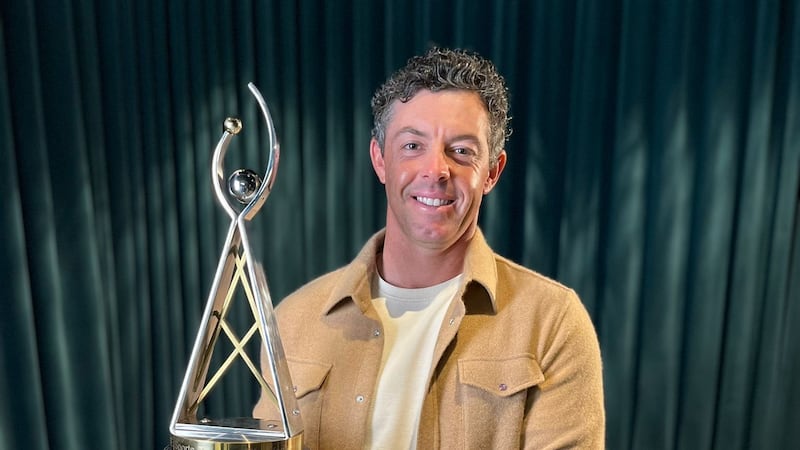When Joseph’s teacher adopted a new approach, it transformed his perception of her. It meant she surprised him more and the unpredictability was refreshing. More students answered in class and he was surprised by how much some of the others knew. The ones he had thought were shy turned out to be anything but, and those he thought always wanted to answer did not seem to mind giving others a chance. Mrs Walsh’s new way of teaching seemed to involve far more jobs for people to do, but there were plenty of people willing to do them. Even though there was definitely more work, everyone seemed less stressed, including his teacher. Especially his teacher, in fact.
Little did Joseph know that Mrs Walsh had learned this new approach from the principal, Mr Joyce, and it had transformed her impression of him so dramatically that she wanted to see if it would work with her students. It did, and she wondered why something so simple had escaped her for so long. Mrs Walsh also wondered where he had learned it, but because the idea seemed so obvious she was afraid she would look foolish if she asked. So she didn’t ask, but she did go out of her way to share it with others, including me.
The approach is very simple, but it sits in our blind spot for one very specific reason: we have been conditioned to prioritise relationships above all else. And as with so many complex aspects of school life, when one part is isolated from the whole, crucial omissions are inevitable. Errors can creep in too, especially where we are not focusing, and with time the omissions and errors hinder the overall impact.
Once understood and embraced, a behaviours-first approach is such a no-brainer that it is easy to get up and running as a new year’s resolution, but it also lends itself well to a review-and-refresh on multiple other occasions during the year. It is permanently relevant to both staffrooms and classrooms and liberates us from the huge pressure that comes with personalising issues.
School withdraws appeal for toilet rolls from pupils but funding strains remain
‘Stuck in limbo’: Dún Laoghaire school waiting nine years for permanent building
Former UL president asks High Court to block any disciplinary proceedings
Virtual reality as a lifeline: ‘For some young people it’s the social’
The reality is that favouritism is the price we pay for putting relationships first, so we must be willing to move them down the list a little. I hear and understand any objection that it may only be perceived favouritism – but, since when did a perceived problem have any less impact on an individual than the equivalent real problem?
A behaviours-first approach involves identifying the very specific behaviours that are required for a school to function smoothly
School staffing ratios simply do not permit us to put relationships first and still operate smoothly. The ratio of managers to staff – typically there is just one principal regardless of how many teachers – means that the maths simply does not work. Class sizes also work entirely counter to a relationships-first approach with each individual. The relationship with a whole class group is different, and the same is true of the principal with a whole staff. The foundations for those group relationships lie in the behaviour boundaries we establish.
A relationships-first approach heaps the pressure on whoever is in charge to lead the building of those relationships. The principal of a school and the teacher of a class group need to be able to delegate to others and involve more rather than fewer people in the core work. This becomes pretty seamless once the focus shifts to each individual taking ownership of their behaviours and full responsibility for how aligned these are with what the school needs.
A behaviours-first approach involves identifying the very specific behaviours that are required for a school to function smoothly. The starting point will always be what is already established and agreed upon in terms of a mission statement, school values, etc. One critical feature is that it must permit everyone equal access to success, ie the emphasis is on the process of engaging in the behaviour and not on the results obtained. All notions that something is another person’s responsibility dissolve when this approach is adopted, and nothing is beyond anyone’s capability or paygrade. Simply put, a school clearly identifies the behaviours it expects from those who attend as staff or student and celebrates all contributions to that. Going above and beyond is optional and obviously a desired bonus, but this approach values all the individuals who set foot in a school every single day and simply do what is required of them. We must trust that with so many engaging in this work consistently and in a sustained way, the results will follow in time.
This approach chooses to not highlight or promote the less desirable behaviours, as the goal is to make them unfashionable and only appealing to a very few. They remain part of school life and feature in the relevant policies. These must be followed, implemented and reviewed when necessary. These more punitive areas must be adjusted in line with the changing needs of the school and the current cohort. Very soon transgressions become easier to deal with, as the individuals concerned are clearly making a visible stance against a place that has invited them to full membership. The seriousness can appear more evident, even tantamount to a deliberate intent to damage, but this can only be seen as helpful as the full scale of situations becomes clearer earlier. Perhaps more painfully too but much less irritatingly. Staggering amounts of time and resources are currently being invested in repeated low-grade discipline issues in schools and classrooms. So much so that many such problems are simply ignored.
Not so in schools led by the likes of Mr Joyce and populated by teachers and students like Mrs Walsh and Joseph. For such schools, 2024 is all about investing time and effort positively and productively.
- Follow The Irish Times education section on Facebook and X (Twitter) and stay up to date
















